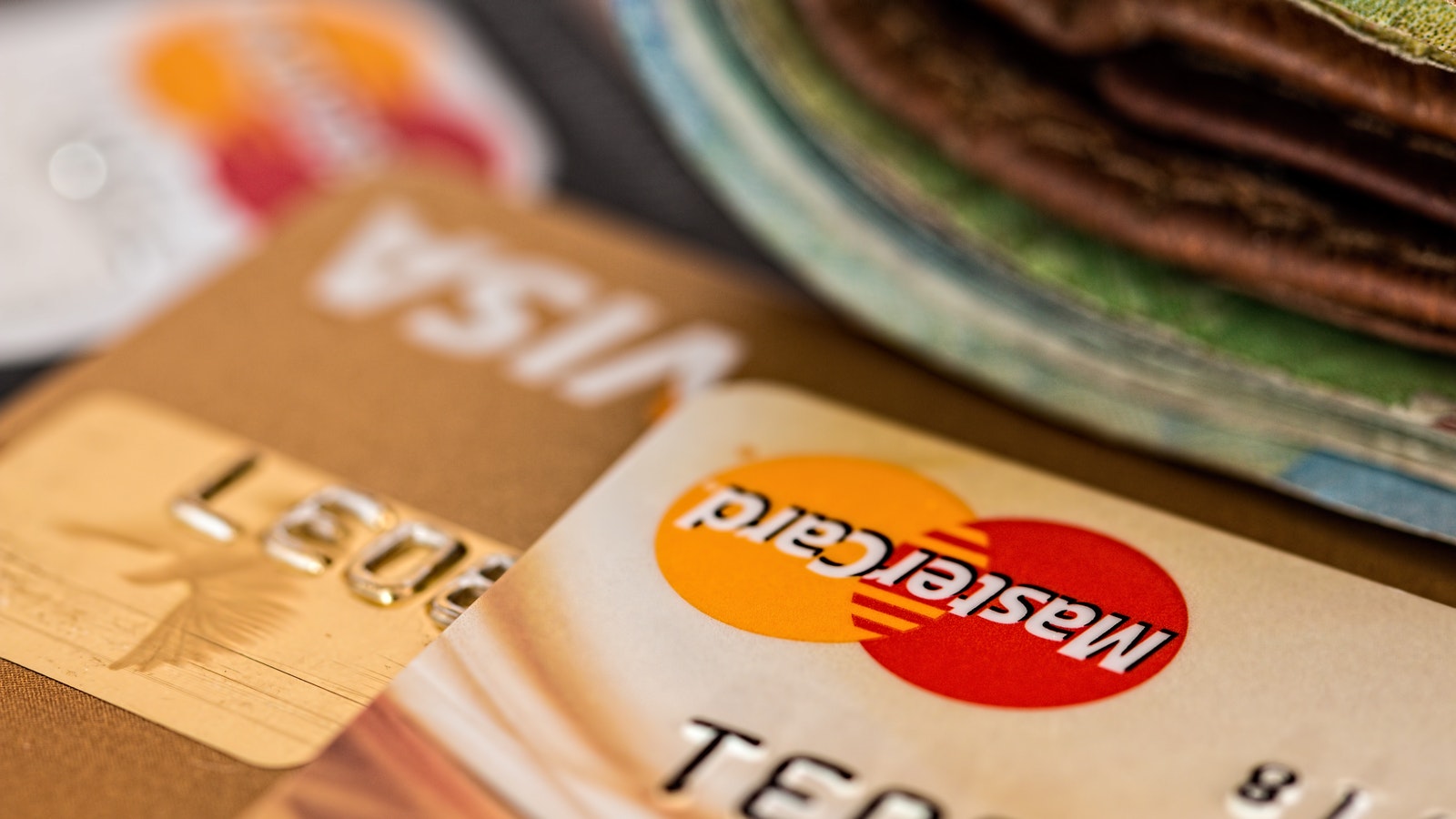Technologys role in banking the unbanked
It’s hard to imagine that the banking systems all over the world are leaving out almost 2 billion people, making them living in the cash mode for as long as they are eligible, according to the Global Findex Database. The data is based on information from more than 140 countries and cross-referenced it against the mobile phone connections, internet users and active social media users per capita from Data Reportal

Banking the unbanked is a quiz that most banks and financial institutions have been struggling to solve for years. And yet, the pandemic has only made it worse. The COVID-19 pandemic has had a significant effect on labor market metrics for every state, economic sector, and major demographic group all over the world, making the high cost of fixed assets in traditional banking and licensing hurdles a higher barrier than ever.
The customers are moving away, but sooner or later, they will be banked again – you need to make sure you are there when they are ready. Considering that, nothing is better than fintech, which is in a good position to disturb the status-quo and be meaningful service providers in the post-Covid economy – as long as they carry frugality and consumer focus in their DNA.
Who are the unbanked?
By definition, the unbanked are those having no checking or saving accounts. While they don’t often follow a structured budget, their income and expense streams are often inconsistent.
In developed and rich countries like America, more than one in four households (28%) are either unbanked or underbanked. They conduct parts or all financial transactions outside of the mainstream banking system.
FDIC surveys show that the unemployed are four times more likely to fall into the unbanked category. Workers who have to experience significant variations in payment on a week-to-week basis also are more likely to not have a basic checking or savings account. Given that, we now know what the economic fallout since 2020 means – It only makes things worse by driving more and more people out of work (according to CRS Report) and thus, out of traditional bank accounts.
Race and ethnicity also come into play, as Black and Hispanic consumers are more likely to not have any bank account than white consumers.
All variables aside, the unbanked have strikingly similar traits at every latitude and longitude:
- They often lack the identification and documentation requirements to open a bank account.
- They are low income and less educated.
- Most of them live in rural areas far from bank branches.
- In many nations, they belong to ethnic or religious minorities.
- They are overwhelmingly women.
Under such pressure, many unbanked individuals turn to money order, cash, and payday loan companies, which are all expensive options and not an ideal substitute for real banking services. In the next section, we will dive deeper into why people are unbanked and how technology, especially fintech, will be the perfect tool to get them banked.
Why so many people are unbanked
Past financial mistakes
Many can’t open an account due to their history of unpaid overdraft fees, bounced checks, or other mistakes that might be deemed risky to a bank. In other words, their name and ID themselves are the red flags that limit their options.
They simply don’t trust banks
Some banks are not popular for their service but for selling customers products they don’t need, creating fake accounts for customers and a range of other negative activities for the sake of profit. In fact, according to a survey by Living Wealth, 43% of Americans who are asving money do not plan to have anything to do with a bank account at all.
The fees are high
More than 34% of unbanked consumers cite high bank fees as a reason for steering clear of a bank account.
But what they don’t know is that when there is a perception that it is too expensive to be banked, the fact that it is much more expensive to be unbanked. Why?
Because customers who step outside the banking industry for needs like money orders, check-cashing and bill payment services are most likely to pay high fees for a prepaid card or a check-cashing service.
Why reaching the unbanked matters amid Covid-19
The goal of any financial institution – traditional or digital-only – is to get the individual into a banked relationship that offers some stabilized model of financial planning. So, it’s reasonable to expect that traditional banks all around the world are building plans to serve the unbanked market. Besides that, there are huge advantages that banks and financial institutions can enjoy if they can reach the unbanked population.
First, the total addressable market is very large. According to Accenture, banks could add $380 billion a year in revenue if they successfully persuade the unbanked to join the mainstream financial institutions.
Second, with the unprecedented pace of technological evolution, we know one thing for sure that the unbanked will eventually become fully or partly banked. We see that happen once with cell phones, then smartphones, then laptops. In a digital-first world we are living in, the lower-income citizens will finally have the chance to use technology to save money and move into the ranks of the middle class. By lending a helping hand to the unbanked early in the relationship, the odds are that the banks can retain them as loyal and long-term customers and lead the game.
Finally, the sudden emergence of COVID-19 pandemic has exposed the difficulties of providing funding and stimulus to unbanked populations, which, somehow, opens ladders of opportunities as well. Digitization is happening all along the value chain. Raw automation is being applied to the process of assessing, onboarding, and serving the customer. More speculative interfaces use machine learning and natural language processing to generate chat and speech, instead of letting people interact with a live agent.
How to bank the unbanked
Digitized payments
In 2021, the number of smartphone users in the world today is 6.378 billion, which translates to more than 70% of the world’s population owning a smartphone.
That number is expected to grow by several hundred million in the next few years, according to Statista. The World Bank reports that lower-income consumers are much more likely to have a mobile connection instead of a home-based broadband service. That means these consumers need mobile banking apps that let them open accounts, check balances, transfer money, pay bills and make deposits.
This trend can be seen clearly in parts of Europe with the percentage of digital wallets rising incrementally. In general, shoppers in Europe globally prefer to pay through digital wallets, such as PayPal and Alipay. Visa and Mastercard are also very popular, followed by domestic bank credit and debit cards.
Eliminate obstacles
Another barrier that stops customers from using services from banks is their concern for the fee balances or service fees. With most of them being low-income consumers, banks and financial institutions must be aware of the obstacles and eliminate them.
For example, Southern Bancorp in Arkansas has spearheaded a statewide program where participating financial institutions offer checking accounts with a $0-$25 minimum initial deposit, no minimum monthly balance rule, free mobile banking and no overdraft fees. With these promotions, hundreds of new customer accounts have been added under the program.
Be innovative
It would be a pity that new technologies are set aside when they are one of the greatest tools ever created to assess the creditworthiness of non-traditional customers. We know that unbanked customers don’t use mainstream service, leaving them with no documented financial or banking history. Thus, traditional credit scoring methods are difficult to apply to the unbanked.
That means banks and financial institutions need to classify the two types of customers: are they risky and unprofitable customers or are they simply lacking credit history data used by lenders to assess their creditworthiness? To address this, the more innovative financial service firms are using alternative data to assess credit risks, such as analyzing behavioral data of customers available through their smartphone and web behavioral metadata.
This is where fintech service companies come to play, leading the future and connecting banks to more customers.
Wrap up: A fintech-led future
With so much opportunity to engage the unbanked population, traditional banks are rebalancing their risk portfolios to attract the unbanked. Rather than just evaluating a potential customer based on their credit history, banks are taking other financial criteria into account like rental and utility payments.
Based on the main challenges that prevent the unbanked population from using services at banks, experts have concluded three main needs of them, namely:
- Electronic funds access
- Debit cards
- Quick access to cash
While traditional financial institutions are unable to meet these needs, non-traditional banking services are at the frontline to make this all happen. In a nutshell, fintech companies and their services make financial services more accessible to the greater public.
A great example of this is Nam A Bank – one of Vietnam’s leading banks in applying technology to create a seamless and digitalized approach to customers. Partnering with SmartOSC Fintech, a subsidiary of the global full-service digital agency SmartOSC, whose clients include prestigious brands such as Paypal, Eway, OpenPay, VPBank, Nam A Bank, and Maritime Bank (MSB). Nam A Bank enjoys the advancements of biometric identity verification for user authentication at enterprise-grade security levels.
Now, Nam A Bank can integrate the internationally-recognized biometric 3D identification solution for their digital onboardings, login processes, and transaction authentications for payments and transfers. This shortens the time-to-process for any service the customers are seeking, as well as enabling a perfect harmony of data encryption and anti-fraud tools.
Fast-growing countries are showing great openness and active support for the legislation needed to nurture technological growth. As the banking industry has been a pioneer in joining the Fourth Industrial Revolution, developing countries are now potential markets with a large number of unbanked population with higher income and a heart for higher technology.
Contact us for more information or subscribe to our Blog for more in-depth posts.


